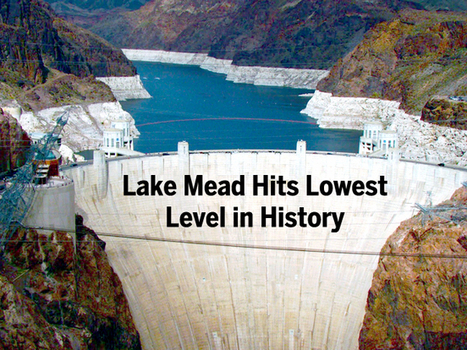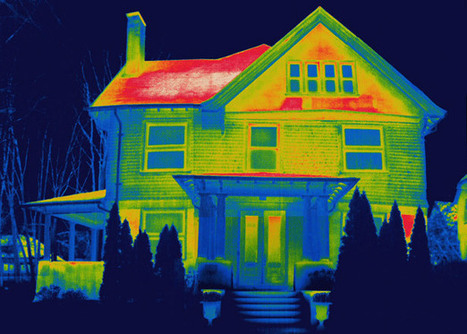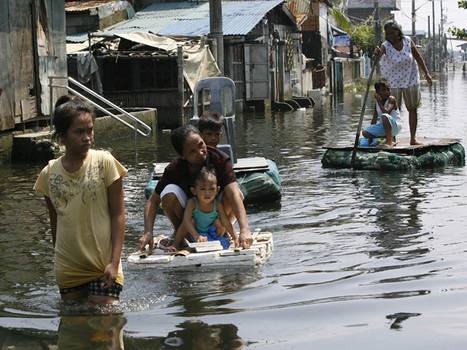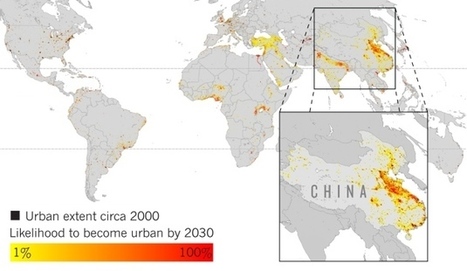"The largest reservoir in the U.S. falls to its lowest water level in history, Nevada State Sen. Tick Segerblom introduced a bill title and issued a press release on July 8 calling for an 'independent scientific and economic audit of the Bureau of Reclamation’s strategies for Colorado River management.'"
This week’s history-making, bad-news event at Lake Mead has already triggered lots of news stories, but almost all of these stories focus on the water supply for Las Vegas, Phoenix and California. But what about the health of the river itself?
Tags: physical, fluvial, drought, water, environment.



 Your new post is loading...
Your new post is loading...












Option topic : Inland water and management
Many geographers are aware that future water resource issues in the American Southwest will have political, cultural, and social impacts. What do you believe to be some approaching concerns after reading this article?